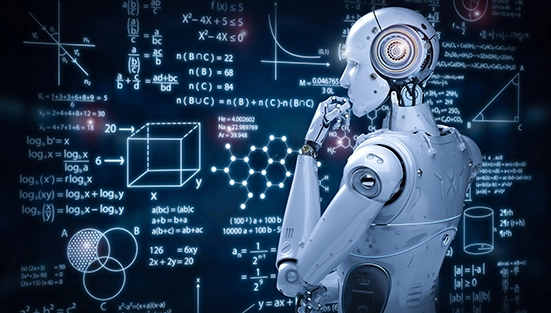
In the realm of ‘Industrial Manufacturing,’ the integration of robotics has become a pivotal force, propelling advancements and transforming applications. This article delves into the profound impact of robotics in the industrial landscape, unraveling its multifaceted role from a straightforward perspective.
“The future of industrial manufacturing is a dance between human skills and robotic precision, creating a symphony of productivity.”
Unveiling the Robotic Revolution
The surge of robotics in industrial manufacturing signifies a groundbreaking shift in the way things are made. No longer confined to mere assembly line tasks, robots now showcase an impressive array of skills, ranging from precision handling to intricate processes.
Evolution of Industrial Robotics
The journey of industrial robots has been nothing short of remarkable. From their initial role as ‘mechanical arms’ to the current era of intelligent automation, these mechanical marvels have evolved to become indispensable players in the manufacturing arena.
From Bolts to Brains: A Smart Leap
Initially programmed for repetitive tasks, modern robots are now equipped with artificial intelligence, allowing them to adapt and learn. This shift from bolts to brains has elevated their capability to handle complex processes with efficiency and finesse.
Applications in Manufacturing: A Closer Look
1. Automated Assembly Lines: Precision in Every Piece
Robots have become the backbone of assembly lines, ensuring precision and speed in the production of goods. Their ability to repetitively perform tasks with utmost accuracy minimizes errors, resulting in high-quality end products.
2. Welding Wonders: Enhancing Safety and Efficiency
In the welding domain, robots have emerged as stellar performers. With their dexterity and precision, they execute welding tasks with enhanced safety measures, reducing the risk to human workers while increasing overall efficiency.
3. Packaging Prowess: Swift and Systematic
When it comes to packaging, robots showcase swift and systematic prowess. Their agility in handling varied packaging materials ensures a seamless process, from product placement to final sealing.
4. Quality Control: The Robotic Inspector
Robotic systems play a crucial role in quality control. With advanced sensors and cameras, they scrutinize products for defects, ensuring that only flawless items make their way to the market.
Technological Marvels Behind the Scenes
1. Sensors: Robotic Eyes and Ears
Sensors act as the eyes and ears of robots, enabling them to perceive their surroundings. These technological marvels play a pivotal role in ensuring that robots navigate and operate flawlessly within their designated spaces.
2. Artificial Intelligence: The Brainpower
Artificial Intelligence (AI) serves as the brainpower behind modern robots. This cognitive ability empowers them to adapt to changing circumstances, learn from experiences, and continuously improve their performance.
Challenges and Future Prospects
1. Challenges: The Hurdles to Overcome
Despite the strides in robotic technology, challenges persist. Issues like high initial costs, the need for skilled technicians, and concerns about job displacement require thoughtful consideration to harness the full potential of robotics.
2. Future Prospects: A Glimpse Ahead
The future of robotics in industrial manufacturing holds promise. Advancements in collaborative robotics, where humans and robots work hand in hand, are anticipated to redefine the manufacturing landscape, ensuring a harmonious blend of human expertise and robotic precision.
Practical Application:
Let’s imagine a factory that makes cars. With the help of robots in industrial manufacturing, the assembly line becomes super-efficient. Robots carefully put together each part, making sure everything fits perfectly. This means the cars coming out are top-notch quality. Not only that, robots can do the risky welding tasks, keeping human workers safe. This practical use of robots in car manufacturing not only speeds up the process but also ensures that every car is made with precision.
Real-world Impact:
Picture a busy manufacturing plant where robots handle heavy lifting and repetitive tasks. This doesn’t just save time but also reduces the chance of human workers getting tired or hurt. Now, imagine the impact on the economy. When things are made faster and better, more products can be sold, leading to more jobs. The real-world impact of robotics in industrial manufacturing is not just about technology; it’s about making work safer, boosting production, and creating more opportunities for people.
“In the world of manufacturing, robots aren’t just machines; they’re the partners that make our work safer and more efficient.”
Conclusion: Embracing the Robotic Renaissance
In conclusion, the integration of robotics in industrial manufacturing marks a renaissance in efficiency, precision, and overall productivity. As we witness the continued evolution of these mechanical allies, the future holds exciting possibilities for a seamlessly integrated manufacturing ecosystem. Embracing the robotic revolution is not just a choice; it’s a strategic leap into a future where technology and industry dance in harmony.

Delta PLC Systems

Siemens PLC Systems
Automation























